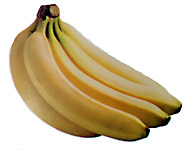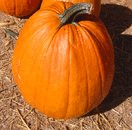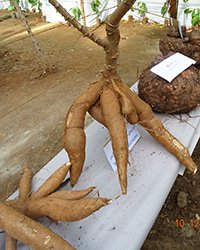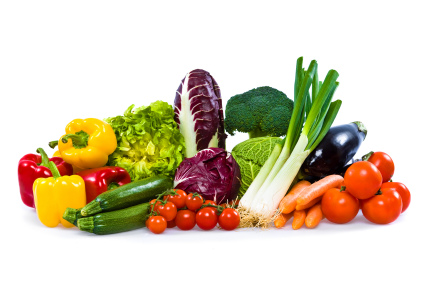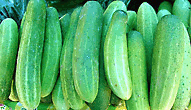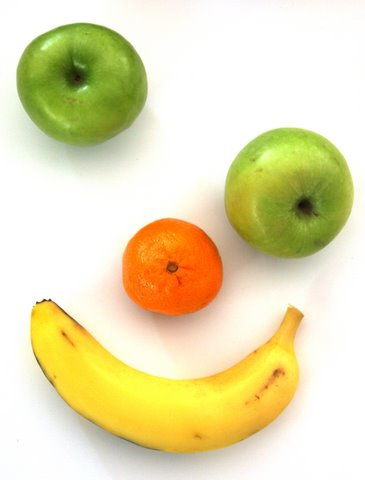Banana fruit nutrition facts
Enjoy banana fruit; nature's energy-rich food that comes with a safety envelope! Fresh, creamy, and delicious dessert bananas are one of the cheapest and readily available fruits all year round. Botanically, it belongs to the family of Musaceae. Commercially, it is one of the widely cultivated crops in the tropical and subtropical zones. Scientific name: Musa acuminata colla. banana fruits Banana (Musa acuminata colla). Banana is a perennial herbaceous plant that grows from the underground rhizome. It flourishes well under tropical, moisture-rich, humid, low-lying farmlands. Banana has unique growth characteristics. In fact, the whole plant is a false stem (pseudostem). This pseudostem is consisting of broad leaves, together with their long petioles, overlapping each other in a disc-like fashion. The whole plant may reach 2 to 6 meters in height from the ground surface depending upon the cultivar types. At maturity, the rhizome gives rise to a flower (inflorescence) which is carried up along actual (true) core stem (smooth un-branched stem) which pass through the center of the pseudostem. The flower finally emerges out at the top in-between leaf clusters. The inflorescence subsequently develops to a large hanging bunch, consisting of 3 to 20 hands (tiers of fruit), with each hand carrying at least 5-10 fingers (fruits).
Pumpkin
Pumpkin fruit is one of the widely grown vegetables incredibly rich in vital antioxidants, and vitamins. Though this humble backyard vegetable is low in calories, nonetheless, it packed with vitamin-A, and flavonoid polyphenolic antioxidants such as lutein, xanthin, and carotenes in abundance.
Cassava nutrition facts
Cassava (yuca or manioc) is a nutty flavored, starch-tuber in the spurge family (Euphorbiaceae) of plants. It thought to have originated from the South-American forests. It's sweet, and chewy underground tuber is one of the traditional edible root vegetables. Indigenous people of many parts of Africa, Asia, and South American continents used it as a staple food source for centuries. Together with other tropical roots and starch-rich foods like yam, taro, plantains, potato, etc., it too is an indispensable part of carbohydrate diet for millions of inhabitants living in these regions. Some of the common names include manioc, or mandioca in Brazil, manihot, tapioca and yuca. Scientific name: Manihot esculenta (Crantz).
What are fruits & vegetables?
“Vegetable” is actually not a scientific term and simply refers to the edible part of the plant: roots/tubers, stems, leaves, etc. A fruit is the seed-containing part of a plant. If you want to get all botany-nerdy, a fruit is the fleshy or dry ripened ovary of a plant.
Why is adequate fruit and vegetable consumption so important?
You’ll have a hard time finding a reason not to consume fruits and vegetables each day. They are alkaline producing, which can help to preserve bone mass and muscle tissue. They are rich in antioxidants, vitamins, minerals, fibre, and phytonutrients. They contain lots of water to help you stay hydrated. Because fruits and vegetables have a high water and fibre content, they’re low in calories relative to their volume. Consuming them on a regular basis can result in a higher volume of food intake. Since humans consume a consistent volume of food, a high consumption of low calorie density foods can help to control overall food intake and manage body weight. See: What Are Your 4 Pounds Made Of?

